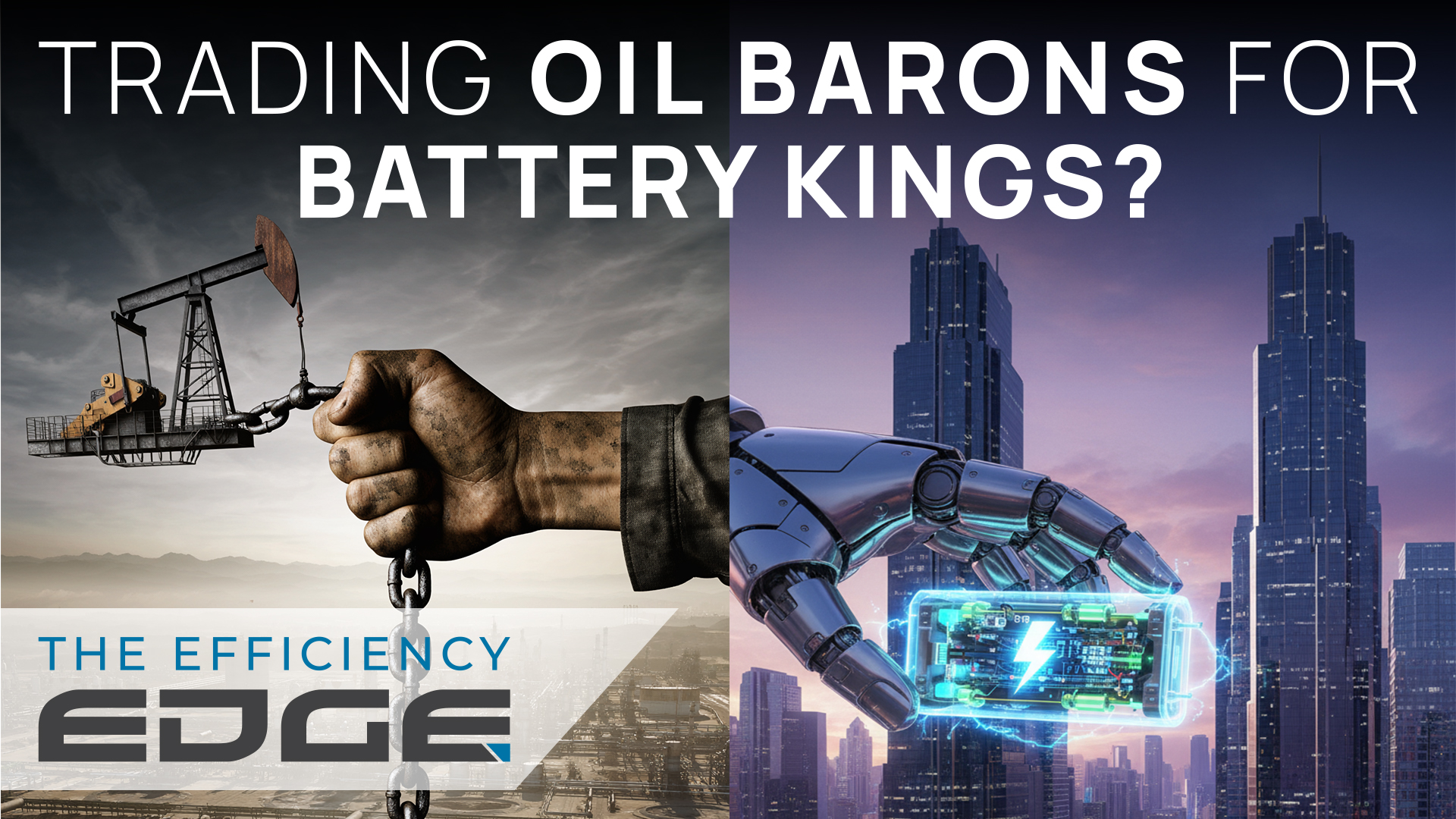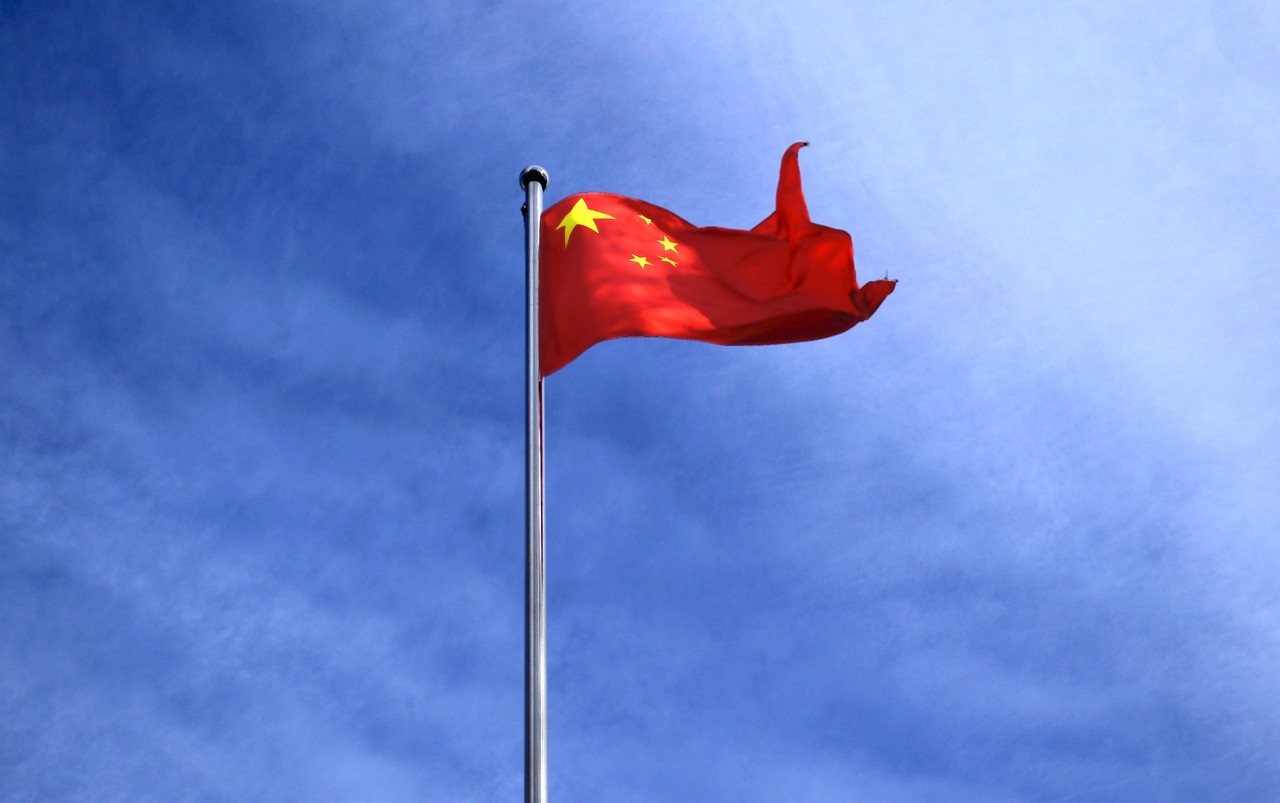
Battery-powered electric vehicles (EVs) are becoming the new drivers of mobility. Yet the story unfolding feels vaguely familiar: a single bloc rising to command the value chain, and leveraging control of resources and manufacturing to extend its geopolitical influence.
As the crown of oil-rich countries slips, it’s now China that now holds the keys to the EV battery empire. In this article, we explore just how this Asian giant quietly engineered a global takeover.
Since 1960, the stability and control of the petroleum markets has been maintained by the Organisation of Petroleum Exporting Countries (OPEC). One of the defining moments of the last century came in 1973, when the OPEC embargo restricted supply – and altered the global economy overnight.
Oil-rich states and multinational oil companies suddenly became kingmakers, influencing trade, diplomacy, and conflict – including the USA’s interventionist policies in the Middle East. (Wars have literally been fought over oil.)
But with the world transitioning towards cleaner energy, dependence on fossil fuels and demand for oil is expected to wane, although experts don’t currently agree on when that will be.
Where crude oil once determined industrial and political power, batteries are beginning to occupy that strategic role. In this emerging new energy order, the statistics show that China has positioned itself as the undisputed leader:
China’s rise is the product of deliberate, long-term planning – a strategy that ensures both domestic energy security and structural dependency for other countries.

Here’s how they did it:
China’s strategic dominance is increasingly visible in other countries and continues to spread and take root globally.
In 2025, Chinese automakers cornered 5.1% of the European market share. It doesn’t sound like much but this is equal to Mercedes-Benz.
Additional factories are planned for Spain, Poland, and Hungary, ensuring a permanent and growing presence.
Across Africa, the billions that China has spent in mineral processing is well documented, but it has also been investing in automotive assembly plants and entering the market. In South Africa, for instance, the market share owned by Chinese OEMs has jumped from 2% in 2015 to 12% in 2025.
And in Southeast Asia, local firms are struggling to compete, with Chinese brands – led by BYD – accounting for more than 70% of EV sales in Thailand alone.
This model – scale at home and dominate abroad – mirrors how Japan and Korea previously disrupted the global steel and electronics markets with significant success.
When it comes to leveraging trade as a geopolitical and economic weapon, the parallels with oil are certainly striking
Just like OPEC, China has already restricted exports of critical materials like graphite during trade disputes. It has also allowed Chinese automakers to enjoy a 25 to 30% cost advantage, allowing them to undercut Western competitors almost everywhere. And even if European and US carmakers build local gigafactories, they are still caught in China’s carefully set supply chain trap, because they remain tied to Chinese mineral processing.
Unlike OPEC, China now has greater control across both upstream and downstream industries, with the new EV era likely to be defined by global dependence on Chinese-processed minerals, Chinese-made batteries and Chinese-made cars.
We tend to think of the EV revolution as primarily driven by the desire to address climate change and enjoy the environmental benefits of cleaner air.
But we shouldn’t forget the lesson that this energy transition is not simply about emission control but also about who controls the next century of mobility.
Over the last 50 years, we’ve seen that energy transitions tend to reshape geopolitics and global alliances. It happened with oil, and we are seeing it anew with EV batteries. So, are we simply trading oil barons for battery kings, with Beijing as the global capital of the new energy empire? And how will the rest of the world shift its relationships and alliances in response?
Only time will tell.
Check out our other Resource sections:

Sign up to get the latest thought leadership articles – written by our experts – delivered straight to your inbox.